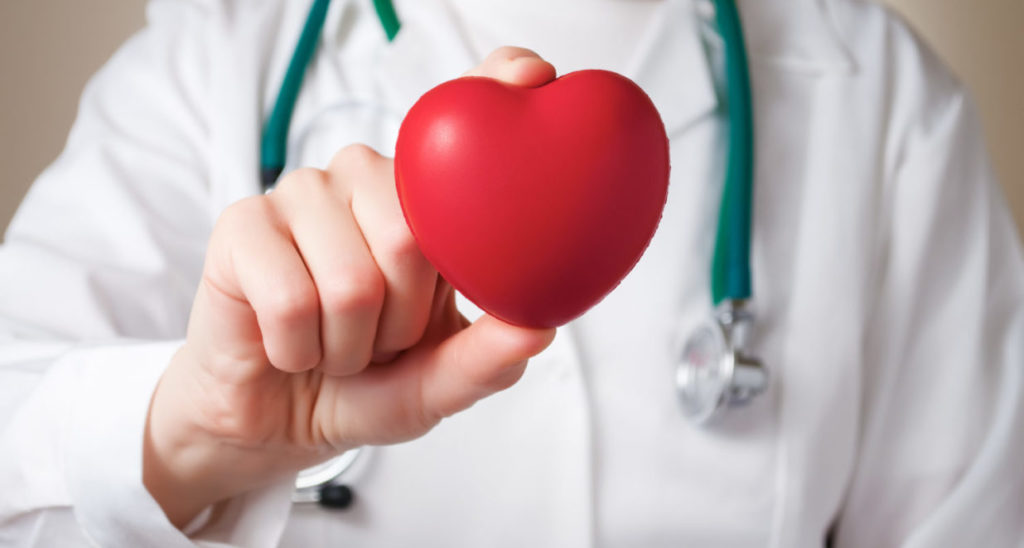
Committing to better eating habits through diet and nutrition is important for your overall health. We’ve compiled a list of downloadable resources that will help you with your planning and understanding:
Understanding Food Nutrition Labels
ChooseMyPlate.gov published by the United States Department of Agriculture is a comprehensive website that allows you to tailor your healthy eating styles based on age, gender and lifestyle. This is an all-encompassing website with endless resources organized by audience and topic. Check out the printable planning materials from the USDA:
- Find Your Healthy Eating Style & Maintain It for a Lifetime
- 10 Tips for Choosing Healthy Meals as you Get Older
Chronic Kidney Disease Diet (CKD)
When you are diagnosed with Kidney Disease, making changes to you daily diet is a smart decision. Limiting fluids, eating a low-protein diet, and limiting salt is a great start to a healthier you. We’ve provided a printable grocery list and food pyramid chart to help you get started:
Potassium Rich/Poor Foods
In advanced stages of CKD, the kidneys can no longer remove excess potassium, resulting in an elevated level of potassium in the blood called hyperkalemia. To limit this increase, eating a diet of food with lower potassium levels can be required. Below is a breakdown of high/low potassium foods.
Potassium is a mineral found in many of the foods you eat. It plays a role in keeping your heartbeat regular and your muscles working right. It is the job of healthy kidneys to keep the right amount of potassium in your body. However, when your kidneys are not healthy, you often need to limit certain foods that can increase the potassium in your blood to a dangerous level.
Sodium/Salt
The National Kidney Foundation is a great resource to help you spice up your cooking, while limiting your sodium intake. Decreasing the amount of sodium you consume is vital when your kidneys are not healthy as extra sodium causes fluid build up in your body.
DASH stands for Dietary Approaches to Stop Hypertension. The DASH diet is a lifelong approach to healthy eating that’s designed to help treat or prevent high blood pressure (hypertension). The DASH diet encourages you to reduce the sodium in your diet and eat a variety of foods rich in nutrients that help lower blood pressure, such as potassium, calcium and magnesium.
Visit the American Heart Association to find out what high blood pressure is and arm yourself with knowledge about this “silent killer” affecting millions of people.
According to Fresenius Kidney Care the average American will consume 3,400 mg of sodium a day. The average recommended amount for healthy adults is 2,300 mg per day, but for people on dialysis or living with CKD varies from 750 mg to 2,000 mg per day.
